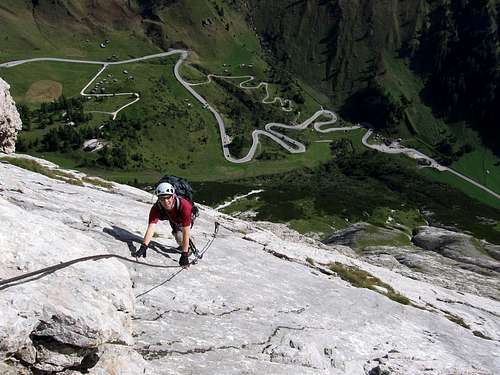 I have posted on SSRN an early draft of my forthcoming article in the Pepperdine Law Review: Do You Believe He Can Fly? Royce White and Reasonable Accommodations Under the Americans with Disabilities Act for NBA Players with Phobias.
I have posted on SSRN an early draft of my forthcoming article in the Pepperdine Law Review: Do You Believe He Can Fly? Royce White and Reasonable Accommodations Under the Americans with Disabilities Act for NBA Players with Phobias.The article is about Royce White, who is expected to be selected in the first round of tonight's NBA draft (rumors are the Celtics will pick him, though other teams are interested), and what impact his severe fear of flying will have on his NBA career. The article also considers the legal mechanisms that may be available to White under the Americans with Disabilities Act.
Here's an excerpt:
Hope you have a chance to read this early draft and email me thoughts.If fear of flying constitutes a disability for White under the ADA, he could argue that the NBA or his team should accept any reasonable request for accommodation. They may disagree about what constitutes "reasonable". Allowing White to take a train from Boston to New York City, or even a ship to Europe, would probably be reasonable so long as White does not miss meetings, practices or games. Then again, White as a rookie traveling alone, might not gain valuable insight from conversations with coaches and teammates or develop camaraderie with them.
Seemingly less reasonable would be allowing White to miss a road trip. Unless he is injured, suspended or assigned to the D-League (the NBA's minor league), White will be contractually obligated to play 82 regular season games, along with four to six pre-season games, up to 28 postseason games, and possibly a handful of summer league games. No player signs a standard contract to play in "some games." Consider the impact of such an arrangement on White's coach: if White's only an occasional player, his coach might struggle to set his rotation. On the other hand, professional leagues have carved out exceptions for players to miss road games. This has been true of NBA players recovering from injury. Gilbert Arenas, returning from a knee injury in 2009, was allowed a flexible schedule whereby he would play in all home games but only some road games. Other circumstances have led to similar arrangements. Last year the Central Hockey League allowed Rapid City Rush forward Brett Nylander, a second lieutenant in the Air Force, to only play home games because his military service limited travel.





 Voices:
Voices: 


